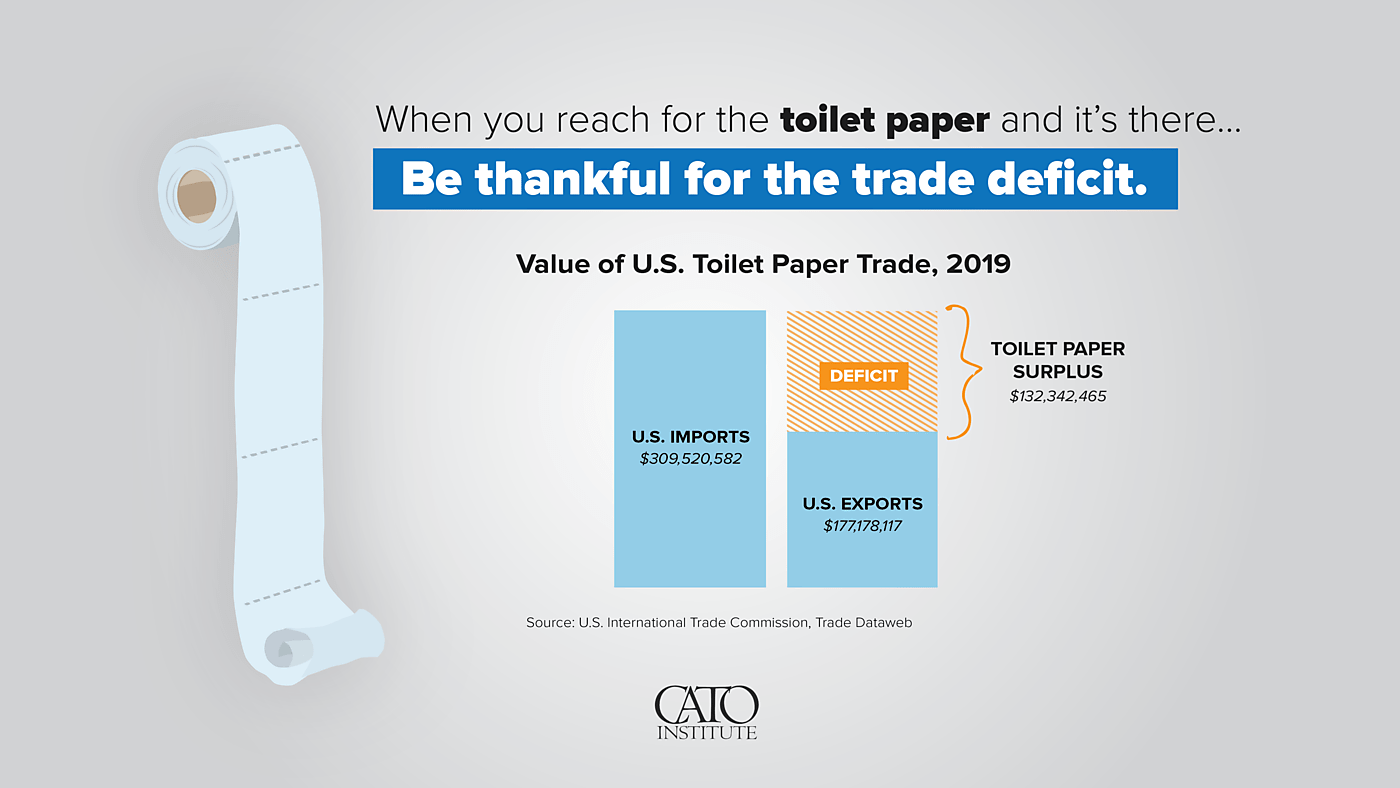The coronavirus pandemic is what risk analyst Nassim Taleb would call a black swan, by which he means an unexpected event that sends major shock waves throughout the economy. Black swans are unpredictable in detail, but it is very predictable that they will take place. The September 11, 2001 attacks; 2005 Hurricane Katrina; and 2008 financial crisis were all black swans.
Because they are unexpected, we haven’t done enough to make our economy and society resilient in the face of black swans. Our transportation system, for example, was disrupted in one way or another by all of the above-listed black swans.
In order to thrive in spite of such events, the United States needs a resilient transportation system, one that can keep operating both during and after black-swan events. It must be relatively immune from terrorist attacks, protect its users from infectious diseases, help people flee and recover from natural disasters, and not be disabled by a loss of revenues during recessions and depressions.
The good news is we already have such a system. The bad news is that powerful political forces have been seeking to dismantle it for many years, and have been partially successful at doing so. The system is motor vehicles and highways, and they are quite possibly the most resilient transportation modes ever designed.
Highways are rarely targeted by terrorists because they are so diffuse and there are so many alternate routes if one road is disrupted. Personal automobiles are the safest form of transportation during a pandemic. The fact that 93 to 98 percent of American households have ready access to an automobile makes them the ideal mode for evacuation during natural disasters. And due to its low operating costs the highway system is far less likely to be disrupted by declining revenues during recessions and depressions than airlines, railroads, or transit systems.
Despite these advantages, anti-auto groups have joined with urban planners to reduce the resiliency of our transportation network. They have opposed construction of new roads to keep up with population growth and successfully reduced the capacity of many arterials in what are called road diets, which convert street lanes to exclusive bus or bicycle lanes.
Fortunately, most Americans intuitively understand the benefits of automobiles: 91.5 percent of American households own at least one car and 95.4 percent of American workers live in a household with at least one car (and of those who don’t, 20 percent still manage to drive alone to work, possibly in employer-supplied cars). To make our transportation system more resilient, the most important thing government can do is get out of the way.
That means ending subsidies to all forms of transportation and funding it instead exclusively out of user fees. Ending subsidies to roads would add about a penny per passenger mile to the costs of driving; ending subsidies to urban transit would add $1.01 per passenger mile to the cost of riding transit.
We also need to stop road diets and instead construct new roads (funded, of course, out of user fees) to meet the needs of a growing population. I also suggest that states develop evacuation plans that would include reversing lanes on multi-lane roads so that more people can leave an area threatened by natural disasters such as fires, floods, storms, or volcanos with a minimum amount of congestion.
Without biasing people’s personal choices in favor of one mode or another, these and similar steps can help the United States stay prepared for the next Black Swan, whether it be a natural disaster, pandemic, or some other completely unexpected turn of events. For more information about why motor vehicles and roads are the most resilient form of transportation and how we can reinforce the resiliency of that system, see my recent policy brief on the subject.
